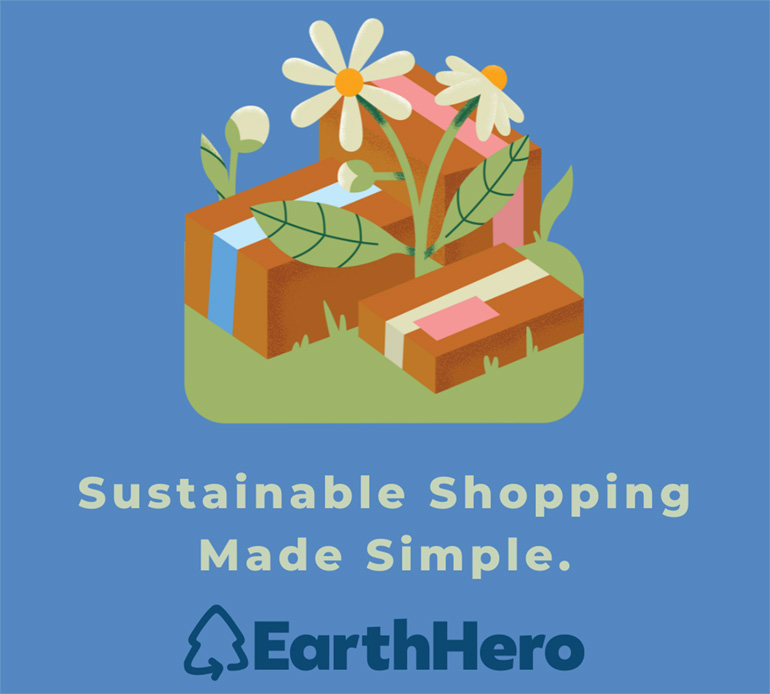By Tina Moessner
Imagine a world without apple pie, watermelon, coffee or even chocolate. This is a world without bees.
The bees are disappearing, leaving behind their beloved queen bee and their hives. In a sad and escalating pattern, beekeepers leave and return within hours to find their worker bees gone. This tragic mystery, termed Colony Collapse Disorder (CCD), has possible causes that include malnutrition, virus, lack of biodiversity, infection and pesticide use. It is clear the bees need our help.
Over 5,000 beekeepers reported that 42.1 percent of their colonies were lost in 2014, and the number has been on the rise over the past 10 years, according to the Bee Informed Partnership. Managed honeybee colonies are responsible for nearly one-third of our food production and have a value of $15 billion to the U.S. economy. The decline of the honeybee has been alarming and puzzling to beekeepers and scientists alike.
To navigate the buzz around bees, we consulted with Jarrett Mellenbruch, a third-generation beekeeper, and Cathy Misko, president of the Midwest Beekeepers Association. Here, we list the top 11 ways you can help save the hive.
1. Grow bee-friendly natives
Give bees the best nutrition by planting native flowering plants they are attracted to for nectar and pollen and that are free of harmful toxins.
“Bees will fly up to a four-mile radius from their home visiting different flowers at different times of the day” searching for flowers with the most nectar, Misko says.
Many beekeepers warn against plants labeled bee-friendly sold at garden centers because they have been shown to contain toxins that bees carry back to the hive. Misko suggests avoiding hybrids and using natives and single petal flowers known to contain more nectar and pollen. Plant a variety of natives that grow from early spring to late summer. Some of the most popular natives include shining blue star (Amsonia illustris), purple coneflower (Echinaciea purpurea), butterfly milkweed (Asclepias tuberosa) and Indian pink (Spigelia marilandica). Visit www.pollinators.org to find the best plants for your area or www.grownative.org for Missouri natives. The Grow Native website provides a list of garden centers that sell native seeds or plants.
2. Eat local honey
A simple and sweet request is to eat honey. Getting it locally is a great way to help the honeybees. Honey purchased at grocery stores is often a mix of honey from different hives that is diluted with sweet syrups and imported from other countries. Local beekeepers have to compete with the low price of this honey, and it drives down the cost of theirs. Buying local honey is often more delicious and helps local beekeepers. Go to your local farmers market to find a beekeeper or research your local beekeepers’ association for referrals.
3. Visit a bee haven
 Kansas City is home to a new movement in bee research and outreach.
Kansas City is home to a new movement in bee research and outreach.
Jarrett Mellenbruch, a Kansas City native, third-generation beekeeper and artist, combined his two passions into one project to explore this unstudied area. Called the Deep Ecology Project – HAVEN, it aims to create a “nationwide sanctuary” for wild honeybees by building 1,000 house colonies or havens around the United States that will promote research and awareness, while creating safe places for the bees.
“Most of our attention has been spent on hobbyist and ‘farmed’ bees,” Mellenbruch says. “Wild bees are special. They are living without help and without medicine and treatment.”
Story continues on next page…





My favorite bee-friendly place is Powell Gardens! They have been my inspiration for 20 years not only for plant ideas, but for information on native plantings and organic gardening. Their lawns are chemical-free with clover and dandelions for bees and other pollinators. The Heartland Harvest Garden is organic and has native bee homes placed throughout. They incorporate natural landscapes perfect for insects rather than plants neatly segregated in seas of imported mulch. Powell Gardens is an exceptional example of how gardening should be done!